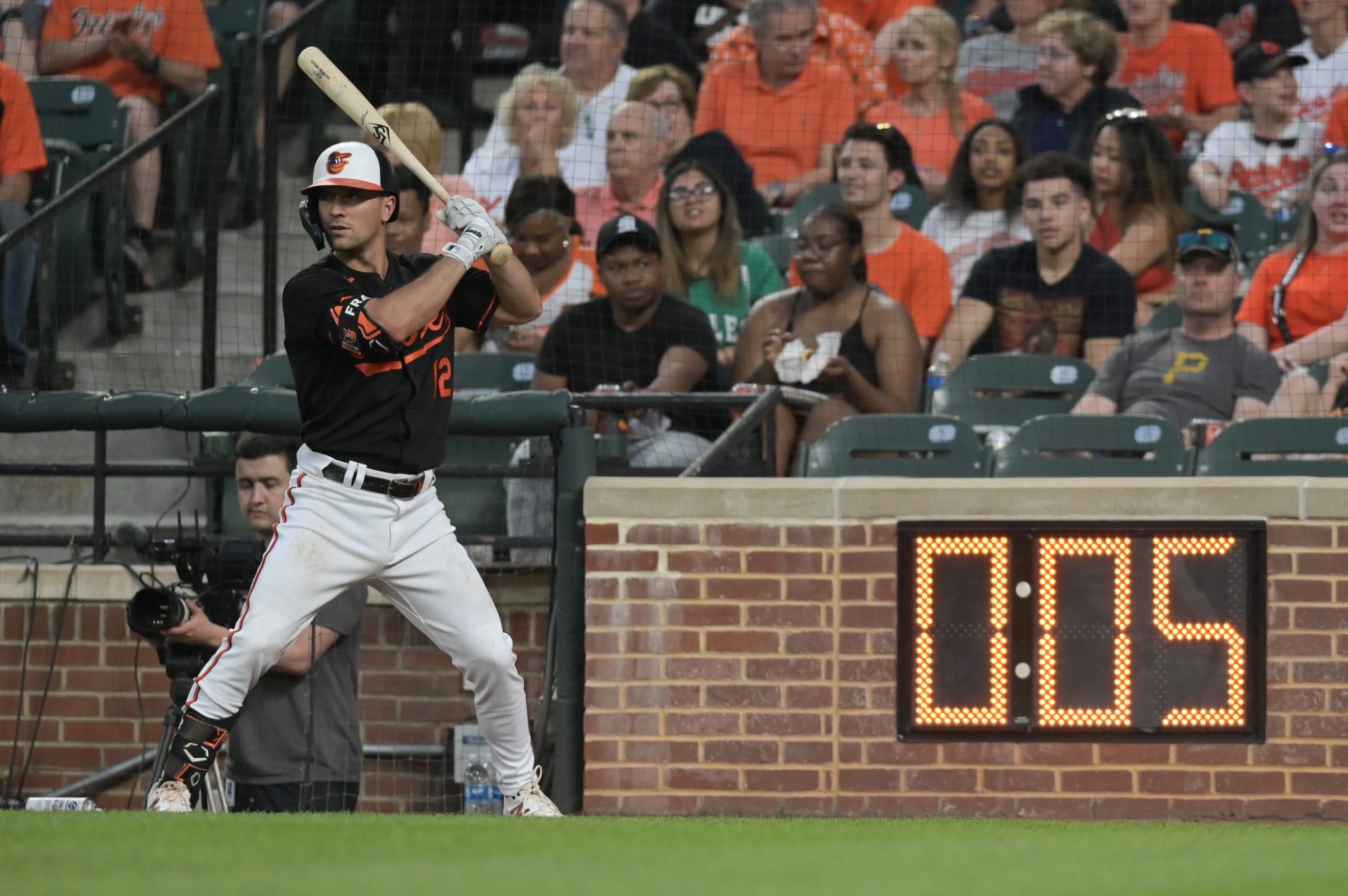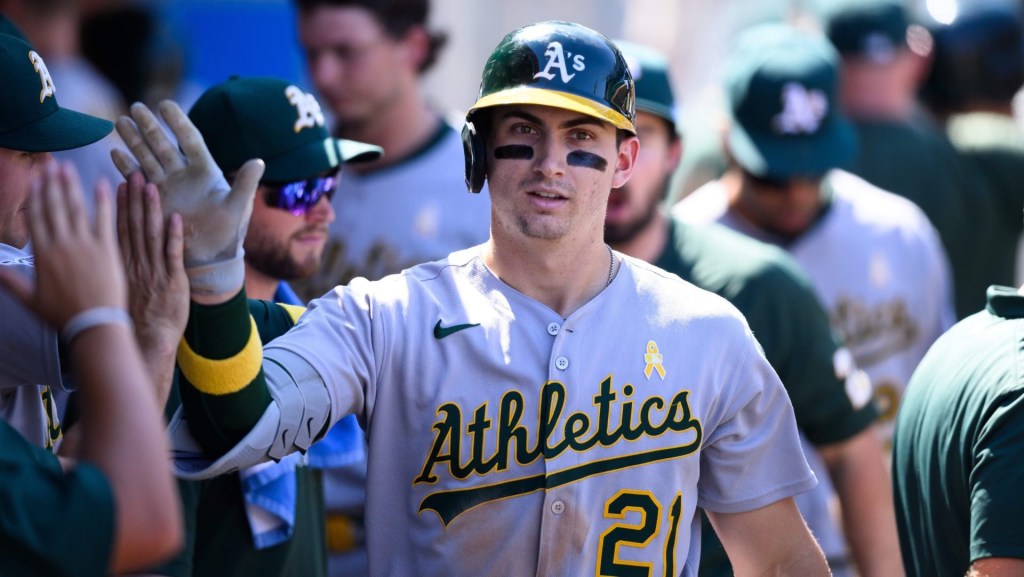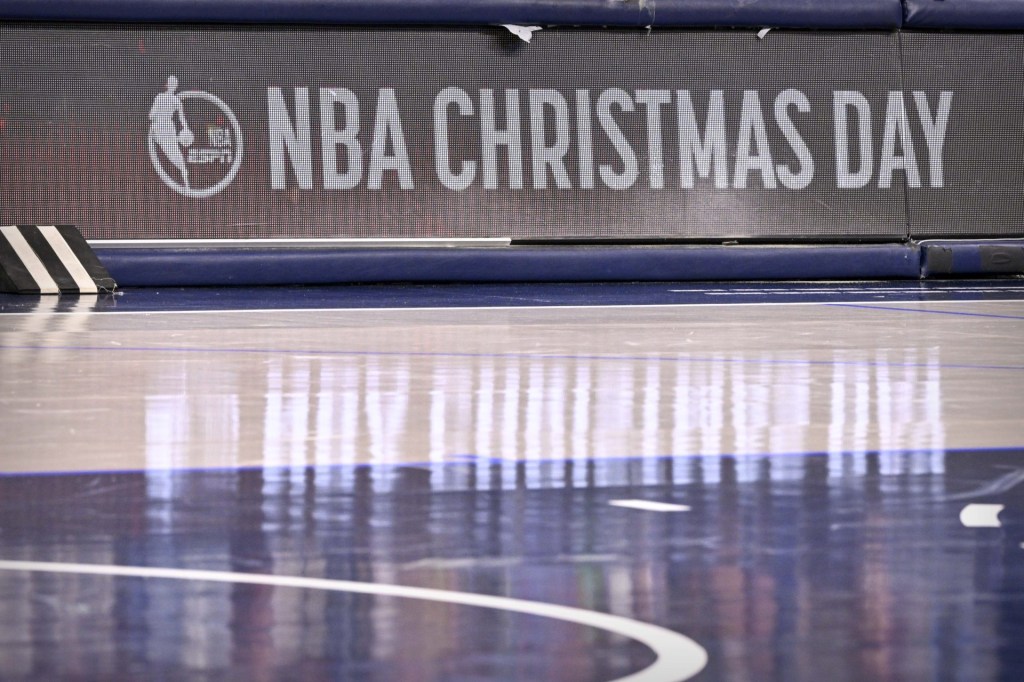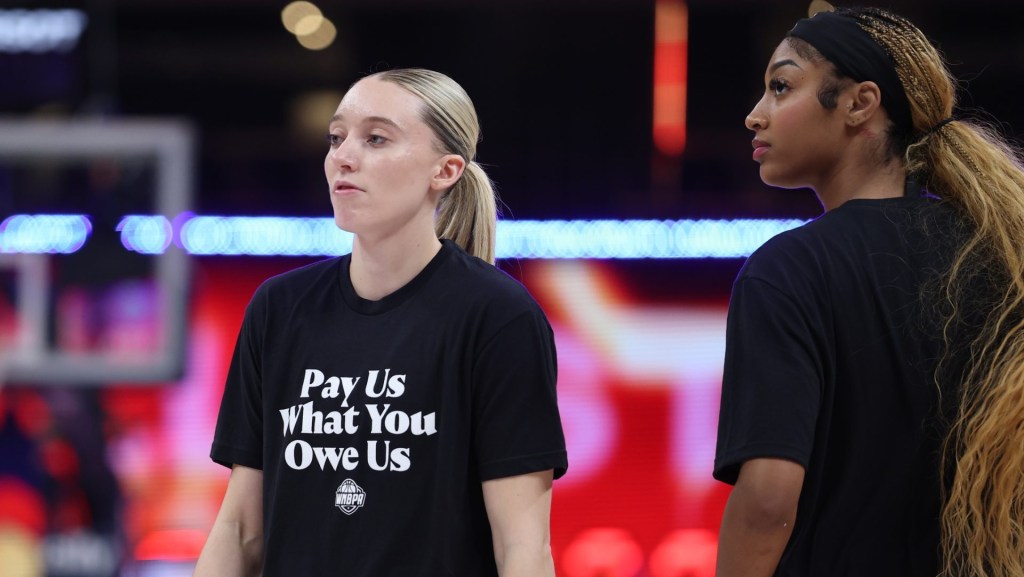After a number of baseball’s best pitchers were ruled out for the season over the weekend, the head of the MLB Players Association is blaming the league’s pitch clock rules for making the problem worse.
“Despite unanimous player opposition and significant concerns regarding health and safety, the Commissioner’s Office reduced the length of the pitch clock last December, just one season removed from imposing the most significant rule change in decades,” executive director Tony Clark said Saturday in a statement.
The league implemented the pitch clock ahead of the 2023 season and reduced the time to pitch when runners are on base from 20 to 18 seconds in December. Players averaged 7.3 seconds left on the 20-second clock when they began pitching last season, according to MLB.
Clark isn’t asking the league to eliminate the pitch clock; he just wants a study done.
“The league’s unwillingness thus far to acknowledge or study the effects of these profound changes is an unprecedented threat to our game and its most valuable asset—the players,” his statement read.
The league responded to Clark’s statement with one of its own, saying the MLBPA’s note ignores the “much more significant” long-term impacts of “velocity and spin increases.” The league cited a study from Johns Hopkins University that found no link between sped-up pitches and the likelihood of getting injured.
MLB said it is in the middle of a research study to understand the long-term rise of pitching injuries, and its results have so far matched those of the Hopkins study.
Three-time Cy Young Award winner Justin Verlander chimed in on the trend. He said it’s easy to blame the pitch clock, but there are a lot more contributing factors, such as seam stitching changes in 2016, analytics that decide when to take a pitcher out, and everyone throwing as hard and as fast as they can—and learning to do it from a young age.
“Something needs to change,” Verlander said. “It’s obviously a pandemic and it’s going to take years to work itself out. … I can’t look at my Instagram feed without seeing some kids trying to learn how to throw as hard as they can at 10 years old. I sure as hell didn’t do that. I didn’t figure it out until college, I matured into my body.”

















